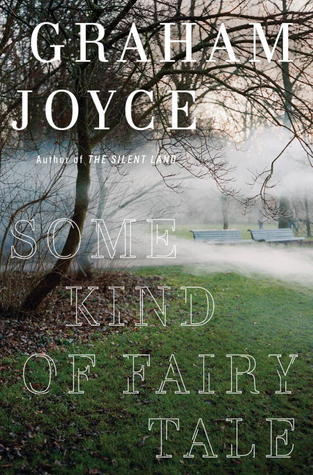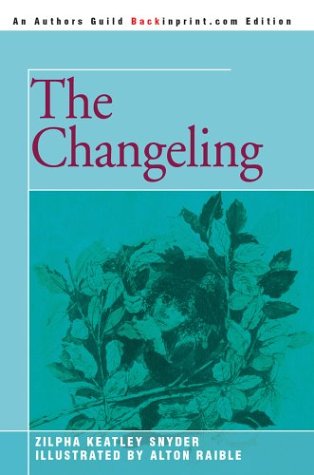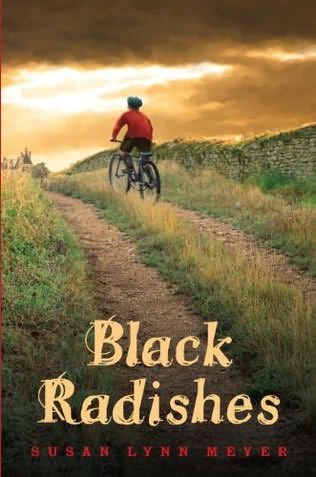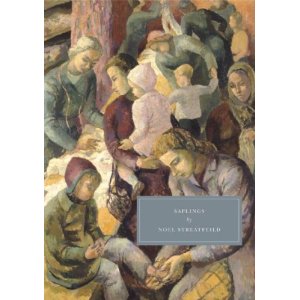 I'm currently reading (among other things) Some Kind of Fairy Tale, a grownup fantasy by British author Graham Joyce (Doubleday, 2012). It's not a changeling story, at least not so far, but a kidnapped-by-the-fairies one, in which teenaged Tara Martin disappears into a dense forest known as the Outwoods, only to return twenty years--or is it six months?--later.
I'm currently reading (among other things) Some Kind of Fairy Tale, a grownup fantasy by British author Graham Joyce (Doubleday, 2012). It's not a changeling story, at least not so far, but a kidnapped-by-the-fairies one, in which teenaged Tara Martin disappears into a dense forest known as the Outwoods, only to return twenty years--or is it six months?--later.
Forests are my favorite magical places (castles or old houses are a close second), and Tara's description of the forest on the day she disappeared is especially evocative:
After a while I found a rock covered in brilliant green moss and orange lichen. I sat among the bluebells and put my head back on the mossy pillow of the rock.The bluebells made such a pool that the earth had become like water, and all the trees and bushes seemed to have grown out of the water. And the sky above seemed to have fallen down on to the earth floor, and I didn't know if the sky was earth or the earth was water. [42]
Then a man on a pretty white horse appears, and you know that boundaries are going to be crossed. As it turns out (I'm on page 132), they are crossed in ways I'm not so interested in reading about. Instead I'm rereading my favorite Zilpha Keatley Snyder book, The Changeling (Atheneum, 1970): "I am a princess from the Land of the Green Sky," Ivy said. "I have discovered the Doorway to Space."
 The Changeling isn't a fantasy book, although Snyder did eventually write the Green-Sky Trilogy (beginning with Below the Root; Atheneum, 1978) based on the Tree People game that Martha and Ivy play in Bent Oaks Grove. But Ivy herself is such a magical character, I almost believed that she was a changeling. And that I was, too.
The Changeling isn't a fantasy book, although Snyder did eventually write the Green-Sky Trilogy (beginning with Below the Root; Atheneum, 1978) based on the Tree People game that Martha and Ivy play in Bent Oaks Grove. But Ivy herself is such a magical character, I almost believed that she was a changeling. And that I was, too.
[Why, why is The Changeling out-of-print? I'm adding it to my list of books to reprint when I start my own small press.]





